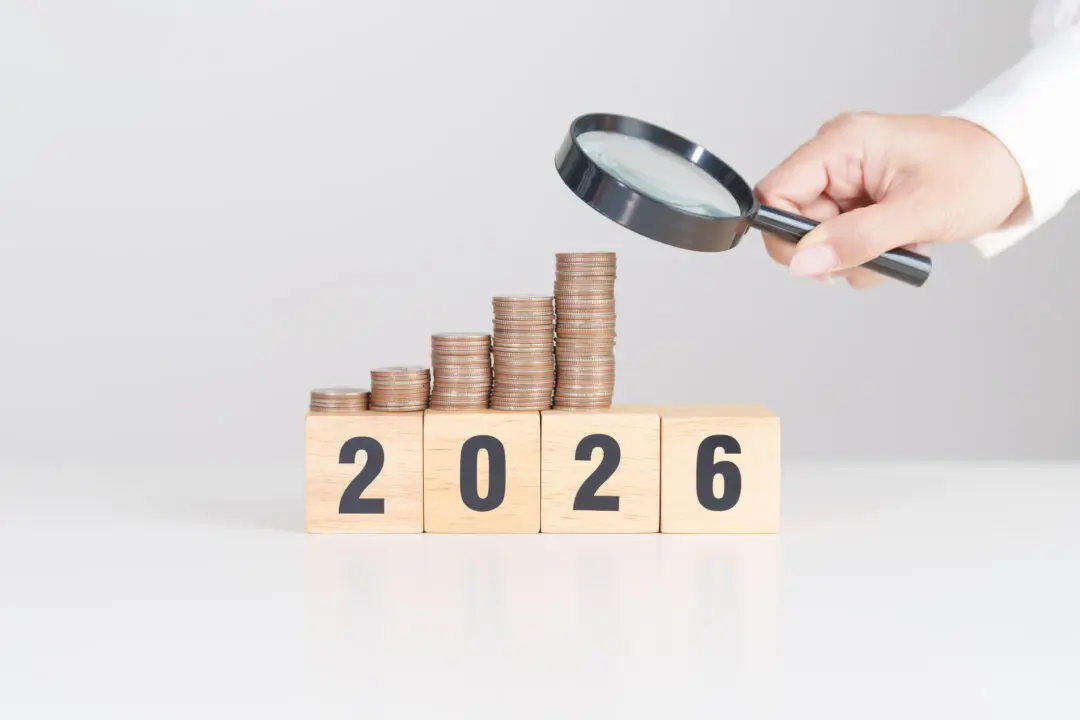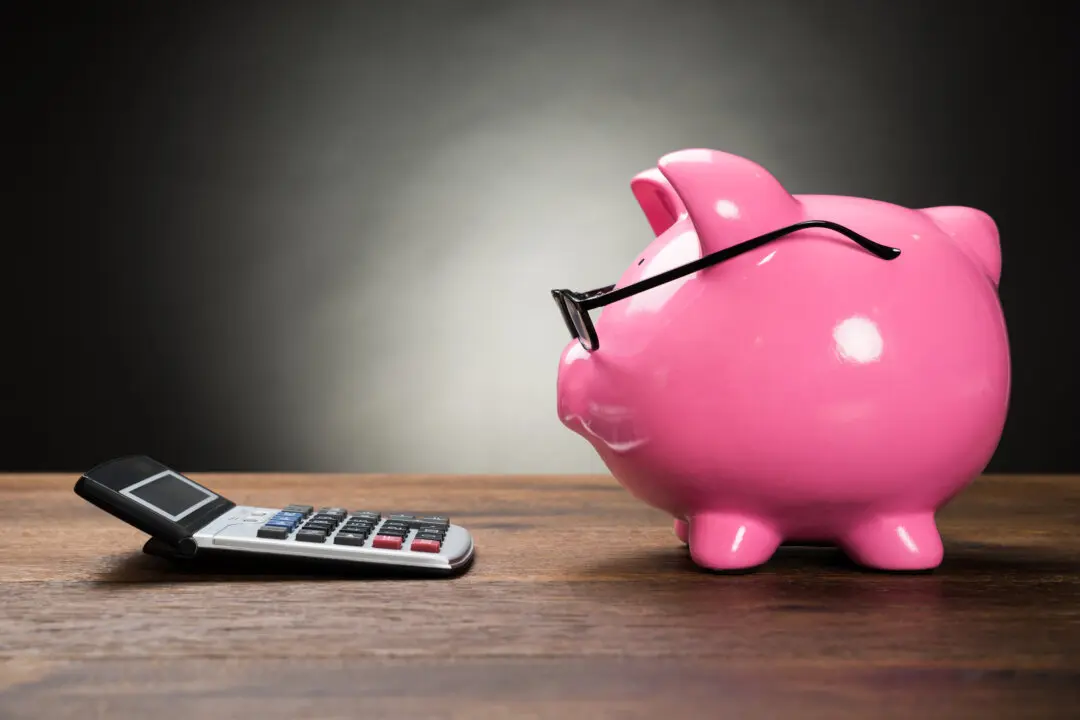By Don Lee
From Los Angeles Times
The Biden administration has been considering a plan to cancel at least $10,000 of federal student-loan debt. President Biden promised something of the sort during the 2020 presidential campaign. And with about 45 million current and former students carrying $1.76 trillion in debt, some sort of debt forgiveness is appealing both as policy and as politics.






